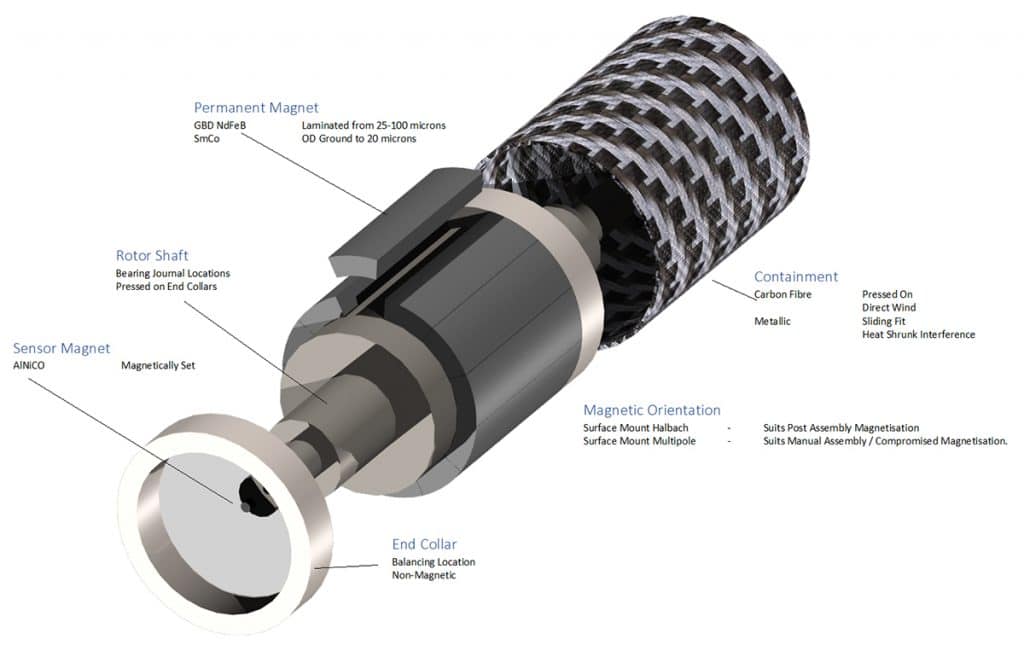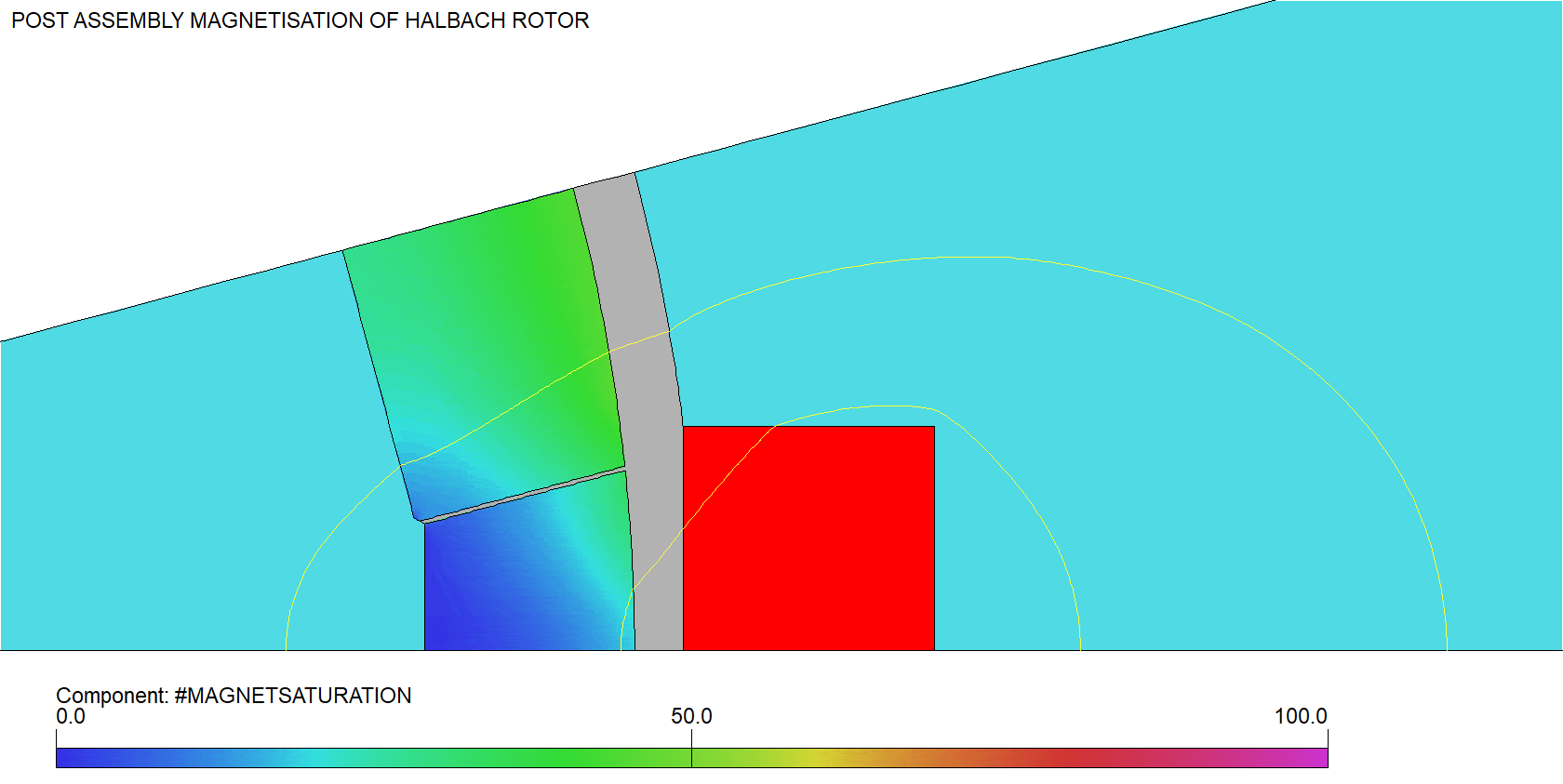Post Assembly Magnetisation for the Automotive Sector
By Paul Fears | 27 February 2020
Magnets are an integral component in all modern vehicles. They help form the traction drive to provide motive power to the vehicle, whilst also driving the window wipers, electric windows, instrumentation, and an array of engine parts. For electric vehicles, magnets are simply fundamental.

The magnets are incorporated into assemblies that are then used in key components such as motors. The magnet assemblies are either built on-site by the user or, more commonly, by specialist magnet suppliers such as Bunting.
Traditionally, magnetised Neodymium Rare Earth or Ferrite Magnets are used when constructing a magnet assembly. However, assembling such a component using large charged magnets is dangerous, risky and complex, and, once magnetised, shipment can become problematic with difficulties in packing and transportation.
Post Assembly Magnetisation
With the aim of simplifying the manufacturing process and improving safety, Bunting’s technical engineering team has developed technology for post-assembly magnetisation. Subsequently, a complex magnet assembly is constructed unmagnetized and then charged.
There are many advantages to post-assembly magnetisation. Constructing the magnet assembly is easier and the time is taken shorter. There is also a reduced risk of mistakes occurring during assembly (e.g. incorrect polarity orientation). Post-magnetisation means that the polarity and magnetic field are exactly as required for every magnetic component. This type of component consistency is ideal for the automotive sector.
Types of Magnet Assembly
Commonly, automotive manufacturers design the magnet assembly, which is then assembled by Bunting. Depending on the application, the magnet assembly may have surface mounted magnets or internally positioned magnets. Additionally, the assembly may use lower-powered Ferrite magnets or high strength Rare Earth Magnets.

Once the magnet assembly design is finalised, either by the customer or in conjunction with the Bunting team, Bunting design the magnetising fixture. This is used during the magnetising process at the Bunting plant in Berkhamsted, UK. A control cabinet delivers energy to the magnetising fixture to produce a specific magnetic field in the assembly. Post-assembly magnetisation is possible irrespective of the design and magnet type. The magnetising fixture is paired with the magnet assembly and cannot be used on any other rotor design. This ensures consistency of specification. Once a batch of magnet assemblies has been charged, the fixture is securely stored. Presently, Bunting holds over 500 different magnetising fixture designs on site.
- Case History: Multipole Magnetic Rotor for Aerospace
Bunting design and manufacture a wide range of magnets and magnetic assemblies. Many are bespoke for specific applications. For further information on bespoke magnet assemblies or magnet designs, please contact us via:
Phone: +44 (0) 1442 875081
Email: sales.berkhamsted@buntingmagnetics.com
Via Bunting-eMagnets for online purchase of Magnets and Magnetic Technology



